Kopeshwar Temple Kolhapur
The Kopeshwar Temple or Khidrapur Temple is a Hindu temple dedicated to Lord Shiva located in Khidrapur, Kolhapur district, Maharashtra. This temple was built between 1109 and 1178 CE by Shilahara king Gandaraditya, Kopeshwar Means “angry Shiva.” This temple is very famous in Maharashtra. It is located east of Kolhapur, on the bank of the Krishna River, and is both ancient and artistic.
The temple is intricately constructed, with elegant pillars carved with gods and goddesses. Apart from this, there are deities of a few more gods such as Vishnu, Nandi Bull, and many others, making it one of the best places to visit in Kolhapur. Despite being Jain kings, the Silaharas built and renovated numerous Hindu temples, demonstrating their respect and love for all religions.
Legend related to Kopeshwar Temple
According to legend, Daksha, who did not approve of his youngest daughter Sati marrying Shiva, held a Yagna to which the couple was not invited. Sati went to her father’s house on Shiva’s Nandi to confront him. Dakhsa insulted her in front of the Yagna attendees. Sati, unable to take any more insults, jumped into the fire of Yagna and self-immolated. Shiva was furious when he found out. He punished Daksha by chopping off his head.
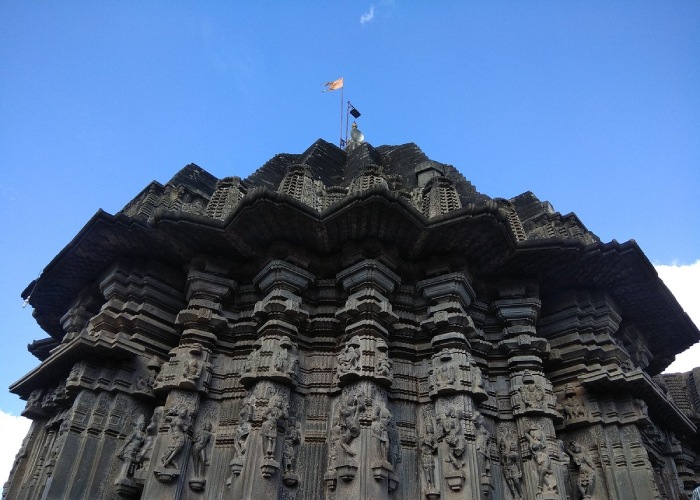
Vishnu appeased Shiva, after which he replaced Daksha’s head with a goat’s head. Vishnu brought the enraged Shiva to this location to calm him down. As a result, the temple was given the unusual name Kopeshwar (wrathful god). This explains why Vishnu is in the temple as a ling alongside Shivling and Nandi is not present because Sati rode on Nandi while visiting her parents’ home.
History of Kopeshwar Temple
The current temple was built by Shilahara kings from Maharashtra. They were Rashtrakuta’s feudatories. Aside from the legend, the name could have come from the town’s ancient name, “Koppam.” Two major battles took place in the town. The first was between Chalukya king Ahavamalla and Chola king Rajendra in 1058 CE. The Chola king Rajadhiraja was killed during the battle, and Rajendra Chola, the second king, was crowned right on the battlefield.
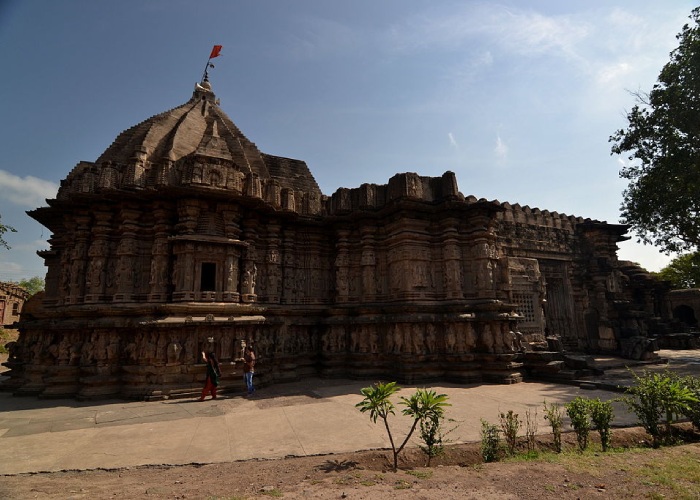
The second battle was fought between Shilahara King Bhoj-II and Devagiri Yadav King Singhan-II, during which King Bhoj-II was captured and imprisoned in the fort of Panhala. This occurrence is commemorated in a 1213 CE inscription near the temple’s south entrance. The Kolhapur branch of Shilaharas’ rule came to an end with this battle.
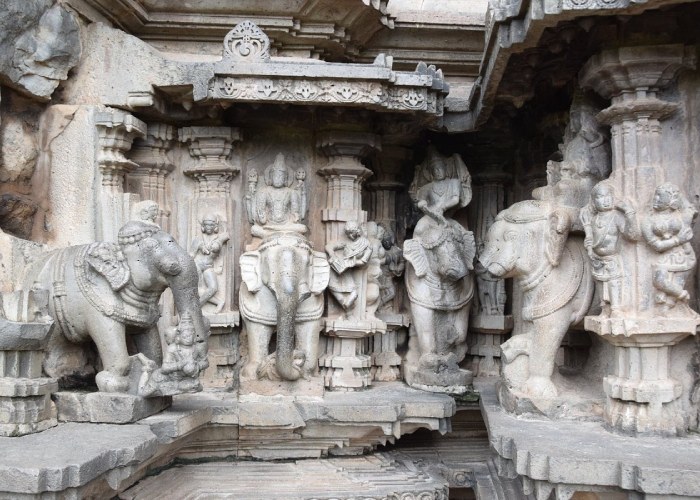
There are about a dozen inscriptions on the inside and outside of this temple, only a couple of which are currently in good condition. The names of a few kings and their officers are revealed in these inscriptions. Except for one, all of these inscriptions are written in Kannada. The only Devanagari inscription in Sanskrit is by Singhan-II and is located on the temple’s outer wall near the south entrance.

Unfortunately, many of the sculptures closer to the ground level have been mutilated or severely damaged by Islamic invaders in later centuries. According to legend, Adil Shah, the ruler of the Bijapur Kingdom, the Islamic invaders Aurangzeb, Khyder Khan, and their armies mutilated the temple carvings and cut almost all of the elephant trunks.
The Architecture of Kopeshwar Temple
The Kopeshwar temple is a star-shaped structure with four sections: Swargamandapam, Sabhamandapam, Antara Kaksha, and Garbha Griha.
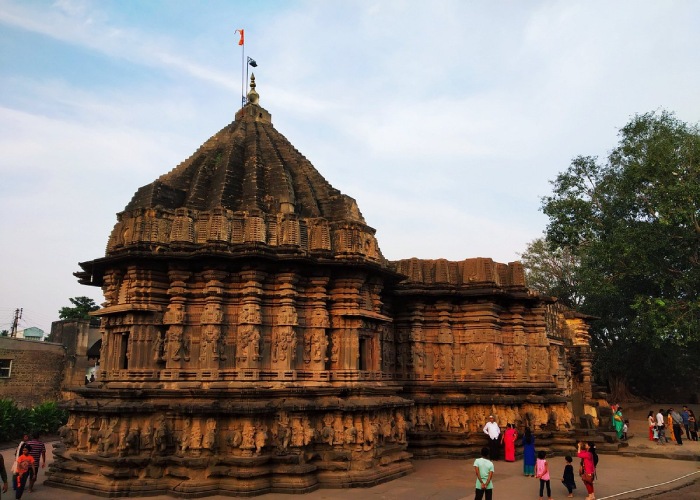
Swargamandapam – The section defines the temple’s entrance and appearance. The external pillars that protrude from the temple’s foundation represent power and strength. The carving of wild goats, elephants, and other animals with ox and crooked horns represents the temple structure’s symbolic strength.
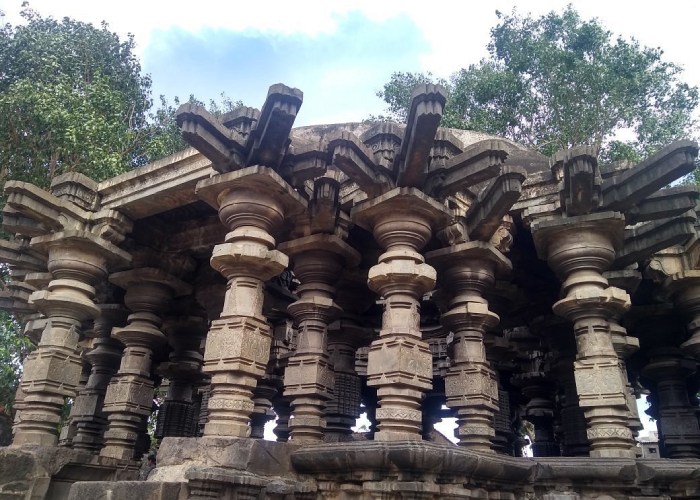
On both the back and the side of the temple, sculptures of the divine trinity of Lord Brahma, Vishnu, and Mahesh are guarded. Lord Shiva’s presence between the three idols indicates that the temple has always been a Shiva temple.
Sabhamandapam – The second section of the temple is the most exciting and appealing. The dome on top is complete with an open circle. If you lie down beneath this dome and look up at the sky, you will notice how close the moon is!! It gives the impression of being on the moon.
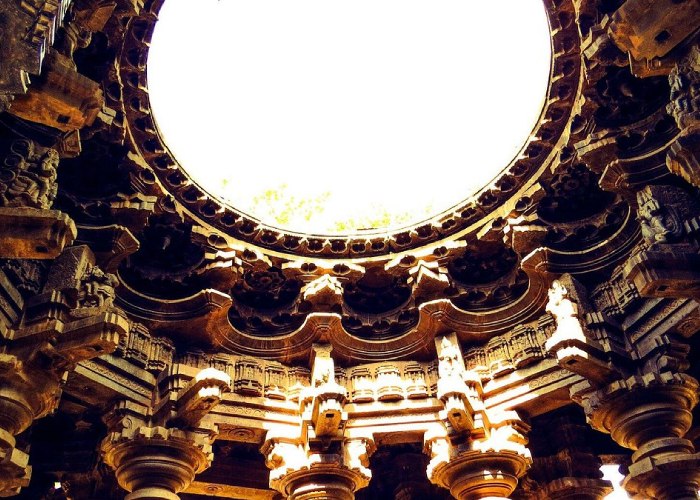
According to local legend, the secret of this dome is that ancient rituals and sacred recitations, as well as sacred smoke, go directly to the deities in heaven.
Antara Kaksha – The third section includes several sculptures on the pillars of the Kopeshwar temple that depict the ancient Panchatantra, the Ramayana, and a collection of famous history about the reincarnations of various deities.

The most amazing and problematic aspects of this section are the statues of Jain Tirtankars and saints of other faiths. It demonstrates that this temple respects people of all faiths or they consider the Jain religion as a part of Hinduism.
Garbha Griha – The fourth section of the temple forms the sanctum sanctorum (central dome). In the centre of this section is the Shivalingam.

Important Facts About Kopeshwar Temple
- The ancient Kopeshwar temple in Kolhapur District is dedicated to Lord Shiva and is located on the banks of the River Krishna.
- It is one of the oldest temples in Maharashtra and one of the most popular places to visit near Kolhapur. It is located on the border of Maharashtra and Karnataka.
- Archaeologists believe that the Badami Chalukyas started building the temple in the 7th century AD, but it remained unfinished for a long time.
- During the 12th century, the Shilahara Kings patronised it. Lord Shiva has been worshipped here in the form of a Shivalinga and a sculpture of his ferocious form, Veerbhadra.
- Kopeshwar Temple is a magnificent example of Chalukyan architecture. The temple is divided into four sections: Swarga Mandap, Sabha Mandapa, Antarala, and Garbhagriha / Sanctum Sanctorum.
- The temple’s Swarg Mandap is one-of-a-kind and breathtaking. The mandap is a large circular stone disc with an open roof that is supported by 48 beautifully carved pillars.
- There are four entrances, one in each of the four cardinal directions. Beautifully carved idols of Lord Ganesh, Karthikeya, Kubera, Lord Yamraj, Lord Indra, and others can be found around the Swarg Mandap, along with their carrier animals.
- The Sabha Mandap is a part of the main temple that is separated from the Swarga Mandap.
- This is a popular temple, especially on Mondays and Shivratri nights.
Best Time to Visit Kopeshwar Temple
This place is very heavenly and spiritual, and you can visit it all year. However, the best time to visit this temple is during the monsoon and winter seasons. During the monsoon season, this location receives moderate to heavy rainfall, making it appear heavenly with its greenery and bringing freshness elsewhere.
Famous Festivals In Kopeshwar Temple
- Shravana: For happiness and wealth, many fasts, offerings, and mantras are performed during the fifth month of the Hindu calendar, known as Shravana.
- Mahashivaratri is a fasting ritual that takes place in the last week of February. It is reminiscent of Lord Shiva bringing Goddess Parvati with him. Priests and the temple committee arrange a Grand Celebration.
How to Reach Kopeshwar Temple
Kopeshwar Temple or Khidrapur temple can be reached via Kolhapur, Ichalkaranji or Miraj.
By Air: The nearest airport from Kolhapur is in Belgaum at a distance of 101 km, Lohegaon Airport at 250.
By Rail: The nearest railway station is Kolhapur railway station which is 1 hr 28 min (60.6 km) via Kagal MIDC Rd.
By Road: Khidrapur is only 60 kilometres from Kolhapur and is easily accessible by public or private transportation. S.T. Bus Depot in Kolhapur city is the closest station and bus stop.
Also Read – Chennakeshava Temple Belur
Support Us
If our content helps you even 1% in gaining information about the temple, please support us by contributing any amount, our UPI ID is - q417999792@ybl Or pay using QR CODE >>> Click Now
Location
Facilities
- Drinking Water
- Pooja Item Shops
- Prasad Shops
- Restaurants Nearby
- Resting Room


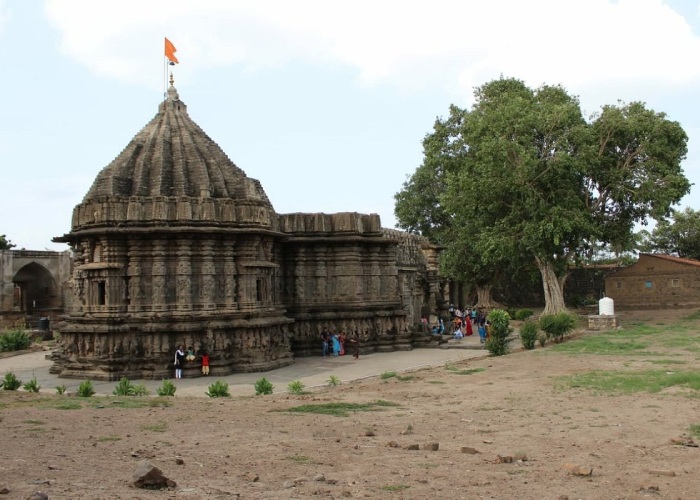

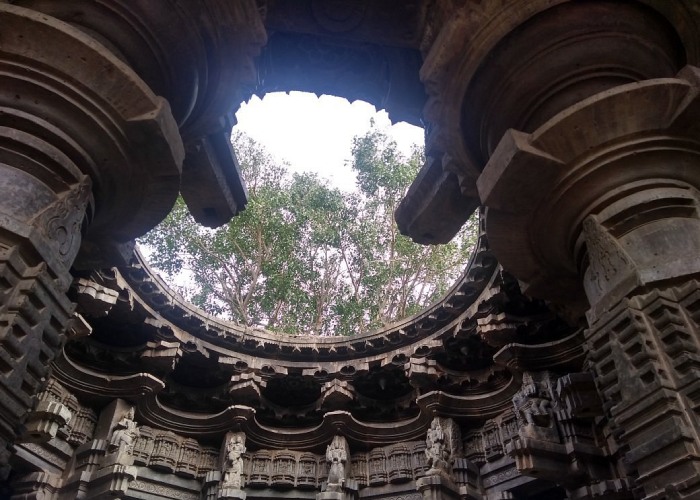
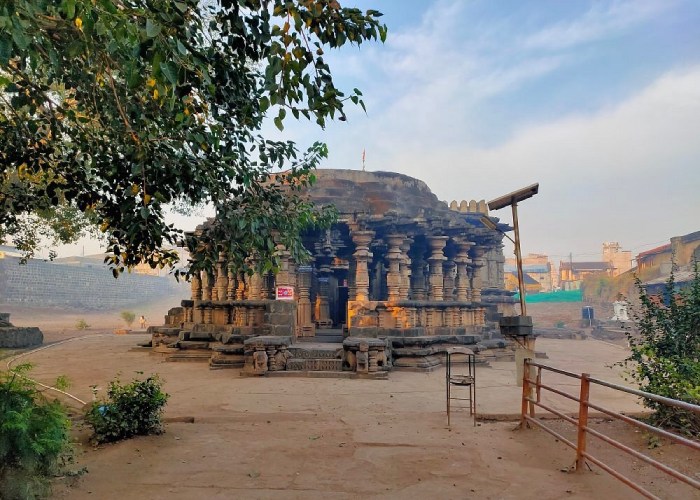
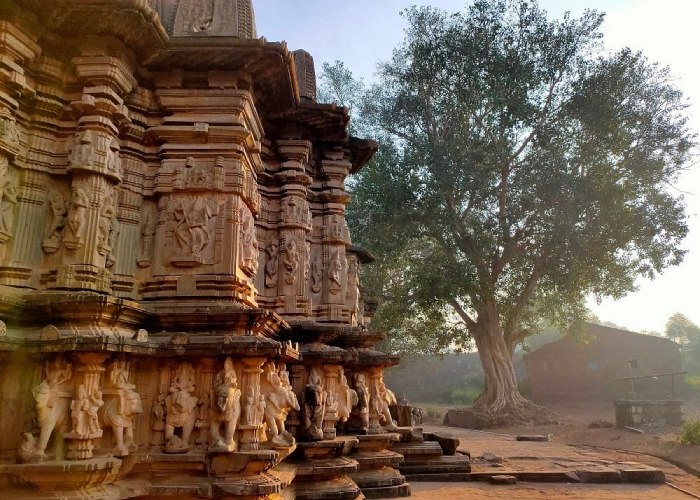
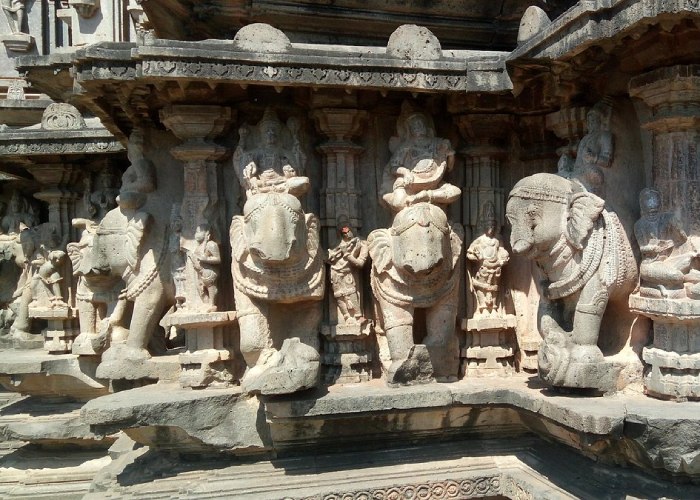

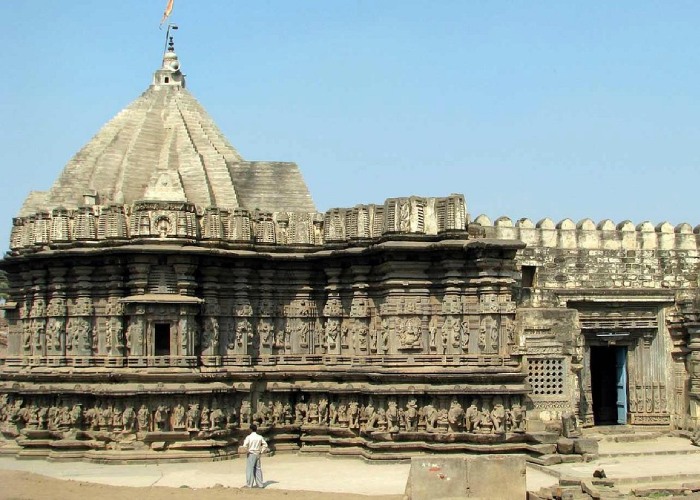


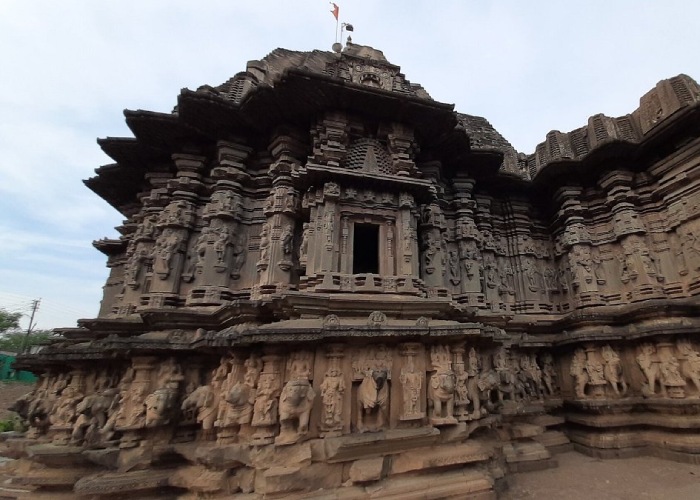
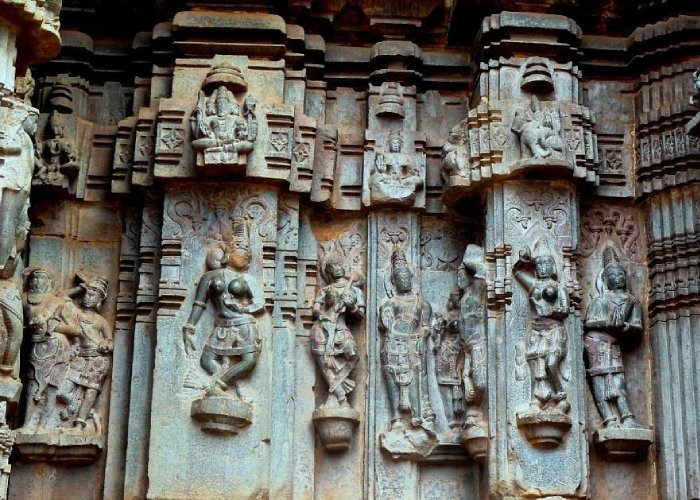
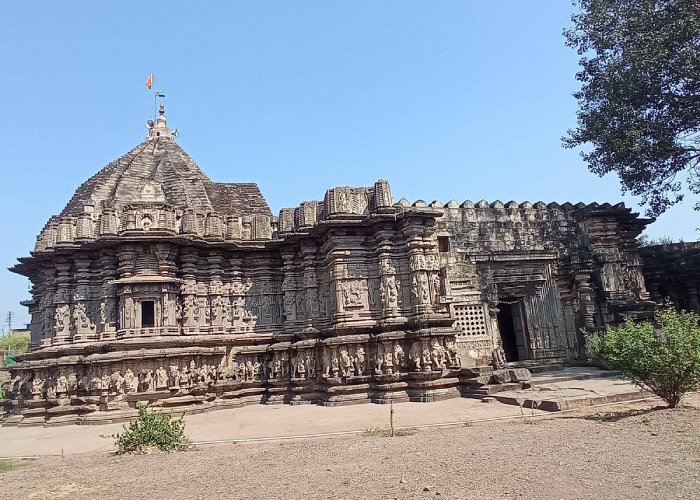


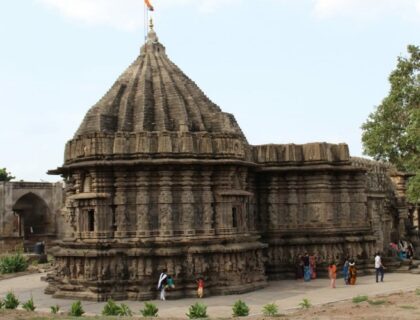

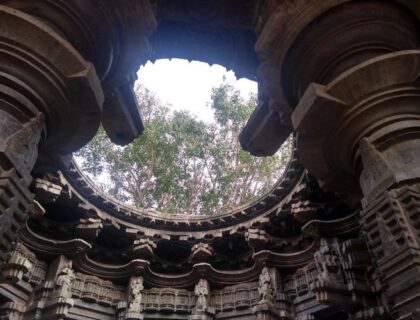
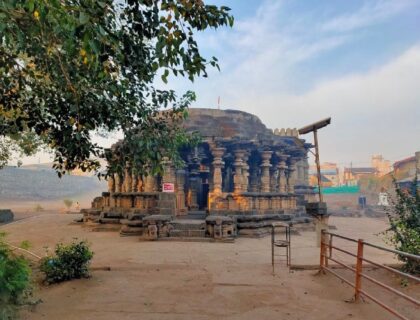
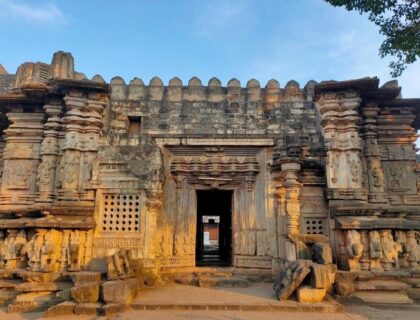

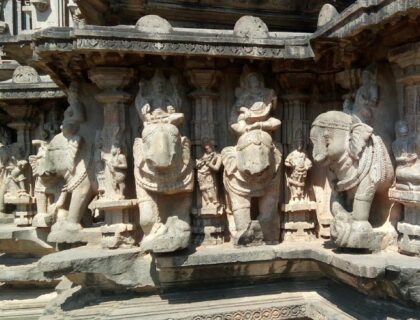
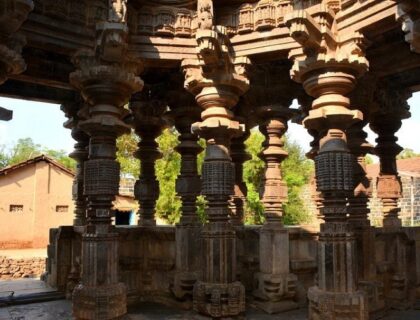
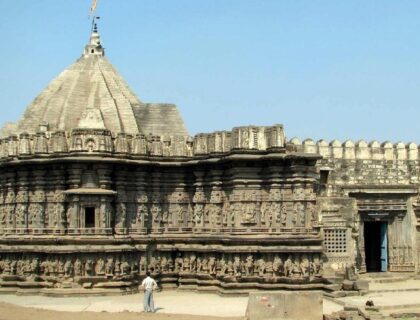

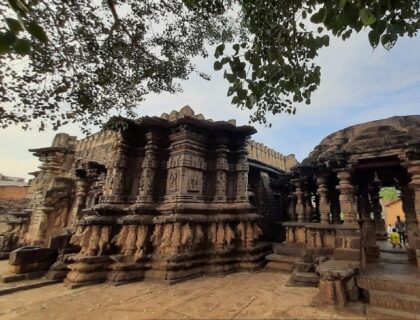
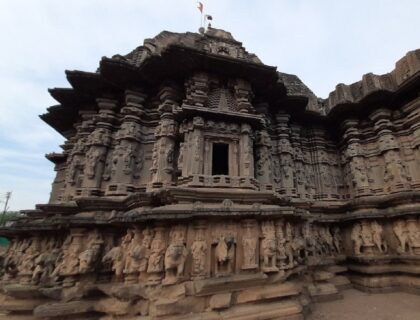


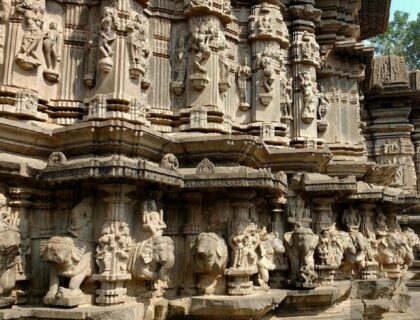
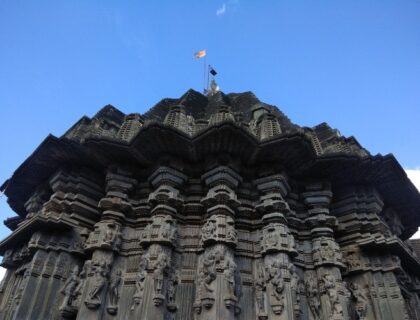



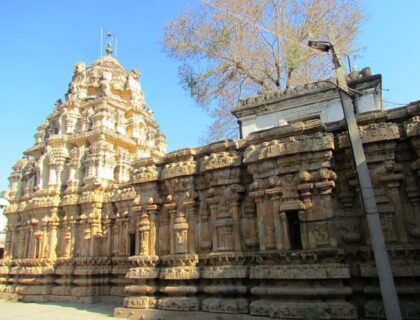
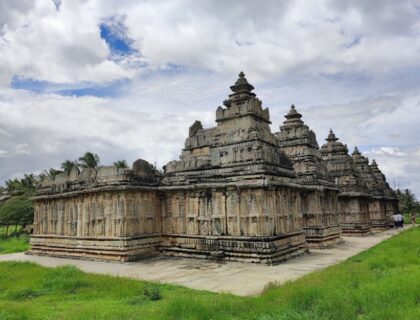
Reviewed on October 8, 2024